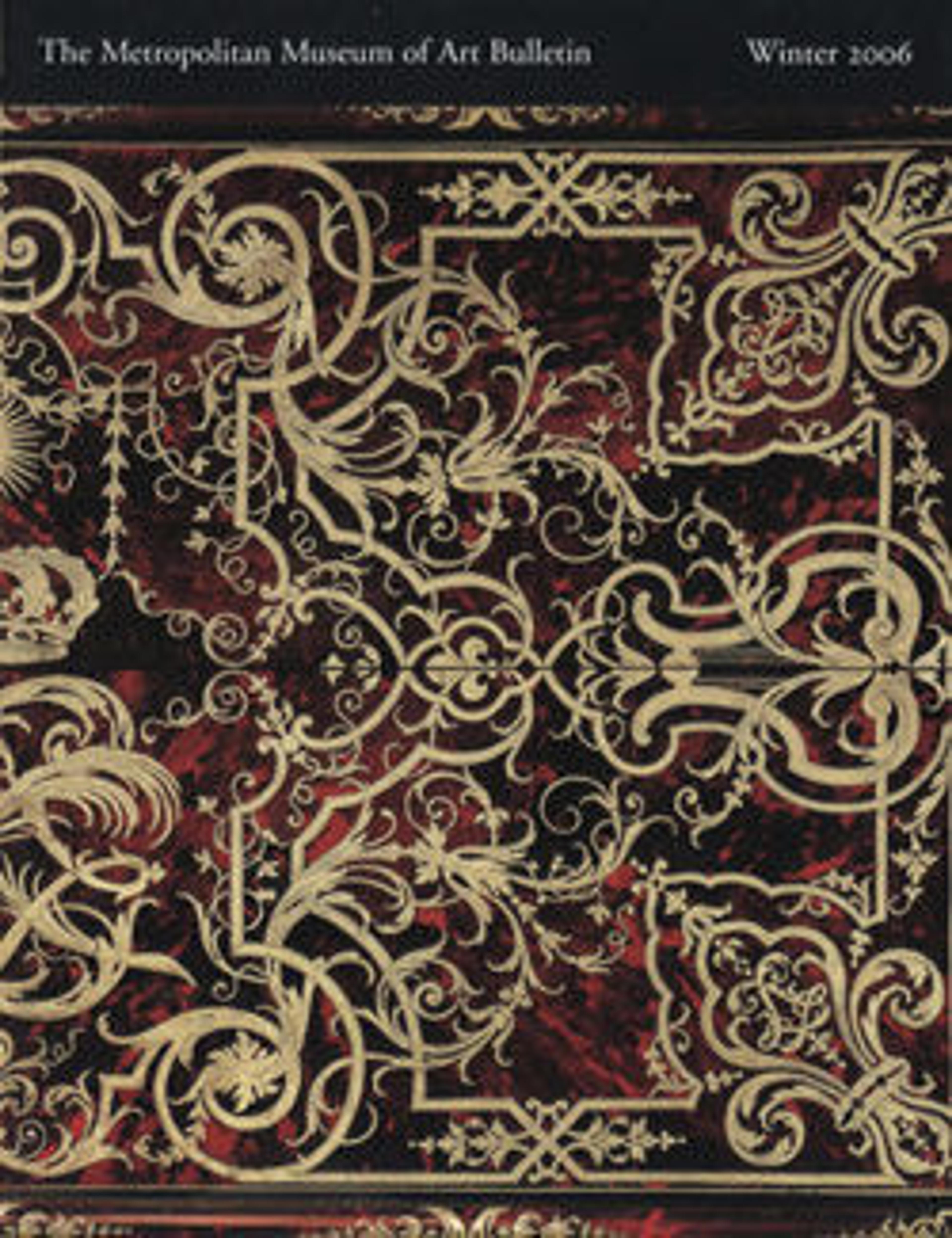Mechanical table (Table mécanique)
Artwork Details
- Title: Mechanical table (Table mécanique)
- Maker: Jean Henri Riesener (French, Gladbeck, North Rhine-Westphalia 1734–1806 Paris)
- Maker: mechanism by Jean-Gotfritt Mercklein (1733–1808)
- Date: 1778
- Culture: French, Paris
- Medium: Oak veneered with marquetry of bois satiné, holly, amaranth, barberry, stained sycamore, and green-lacquered wood; gilt-bronze mounts; steel, iron and brass fittings; mirror glass; velvet (not original)
- Dimensions: Overall: 31 × 44 1/2 × 27 1/4 in. (78.7 × 113 × 69.2 cm)
- Classification: Woodwork-Furniture
- Credit Line: Rogers Fund, 1933
- Object Number: 33.12
- Curatorial Department: European Sculpture and Decorative Arts
Audio
2261. Mechanical Table, Part 1
NARRATOR: This elegant mechanical table was delivered to Marie Antoinette at Versailles two weeks before the Queen gave birth to her long-awaited first child, Marie-Thérèse-Charlotte. It was made by the Queen’s favorite cabinetmaker, the German-born Jean-Henri Riesener. And it has the restrained rectilinear lines typical of the Neoclassical style. Author Caroline Weber.
CAROLINE WEBER: In the 18th-century, there were all kinds of different new pieces of furniture, . . . many of which could perform multiple functions and, thus, allowed for fairly advanced forms of 18th-century multitasking.
NARRATOR: The Queen could use the table for reading, eating, dressing, or writing. A crank on the right-hand side allows the top to be lowered or raised. So she could use it sitting or standing. And in the Queen’s advanced stage of pregnancy, you might even call this exquisite piece of furniture the forerunner of the modern hospital table. The raised central panel, which now holds a book, could be flipped over to show a mirror. Or she could press the small buttons in the rim of the table top to release the lids of six silk-lined compartments. These would have held the Queen’s toiletries and writing equipment.
CAROLINE WEBER: Something that's not well known about Marie Antoinette is how much of a letter-writer she was.
NARRATOR: To hear why she was, press play.
Listen to more about this artwork
More Artwork
Research Resources
The Met provides unparalleled resources for research and welcomes an international community of students and scholars. The Met's Open Access API is where creators and researchers can connect to the The Met collection. Open Access data and public domain images are available for unrestricted commercial and noncommercial use without permission or fee.
To request images under copyright and other restrictions, please use this Image Request form.
Feedback
We continue to research and examine historical and cultural context for objects in The Met collection. If you have comments or questions about this object record, please contact us using the form below. The Museum looks forward to receiving your comments.
